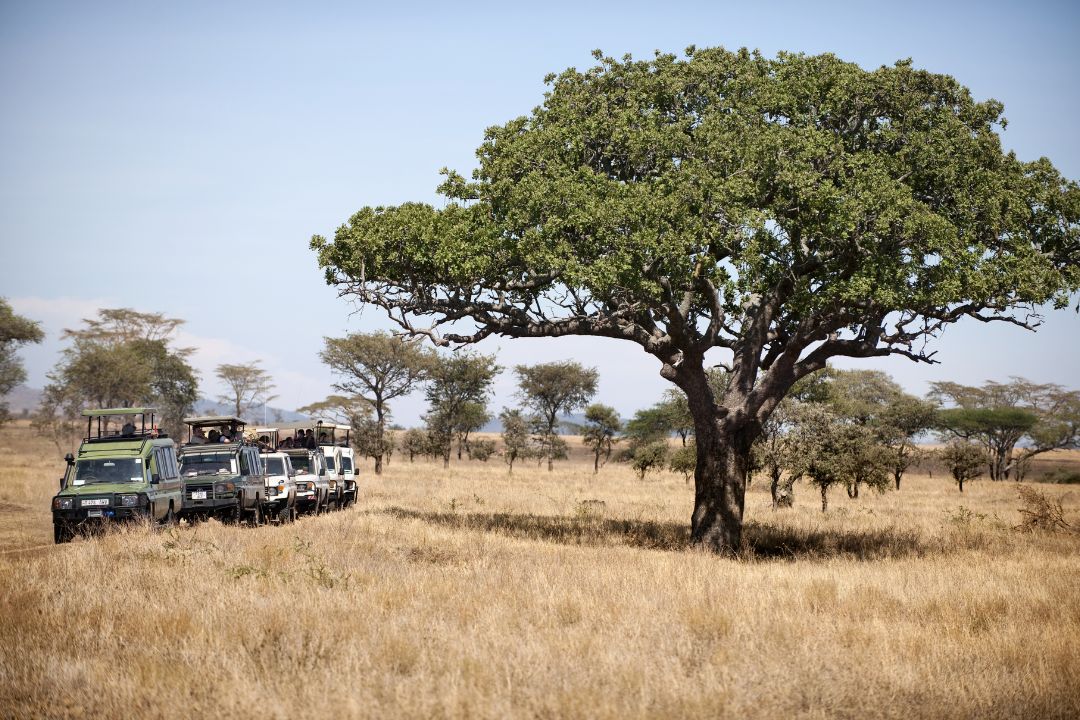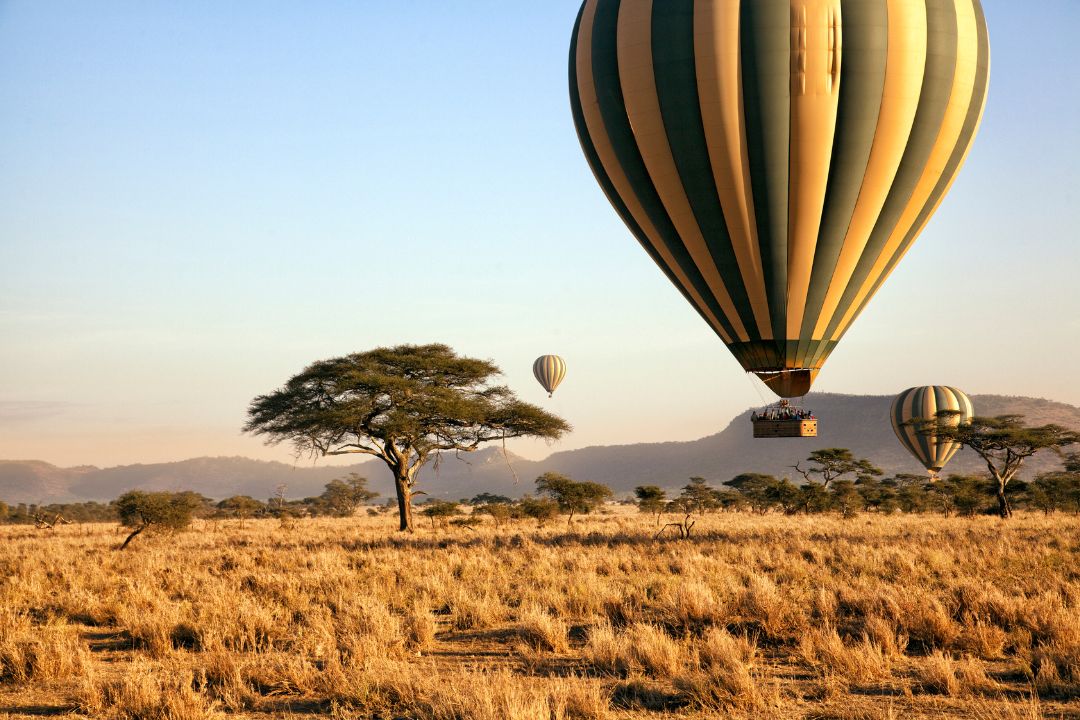The Serengeti National Park, nestled in northern Tanzania, stands as a crown jewel among Africa’s wildlife reserves. Spanning over 14,750 square kilometers, its vast savannah plains, acacia-dotted woodlands, and meandering rivers create a breathtaking tapestry of diverse ecosystems. This UNESCO World Heritage Site is renowned for hosting the iconic Great Migration, where millions of wildebeest, zebras, and gazelles traverse its plains annually in search of fresh grazing grounds, a spectacle unmatched in the natural world.
Home to the Big Five—lions, elephants, leopards, buffaloes, and rhinoceroses (though rhinos are increasingly rare)—the Serengeti offers unparalleled opportunities for wildlife enthusiasts and adventurers alike. Its rich biodiversity includes cheetahs, giraffes, hyenas, and a myriad of bird species, making it a haven for both predators and prey. Beyond its biological significance, the Serengeti embodies the delicate balance between conservation and tourism, ensuring that future generations can continue to marvel at its wonders while preserving its ecological integrity.



What is the Serengeti National Park?
What animals can be seen in the Serengeti?
When is the best time to visit for the Great Migration?
What activities are available in the Serengeti?
How do I get to the Serengeti National Park?
Is it safe to visit the Serengeti?
What should I pack for a visit to the Serengeti?
We use international standard equipment, and our guides are trained in first aid and equipped with personal protection gear.
Once a tour is booked, it is guaranteed to operate, even if there is only one client for the entire trip.
Our guides are trained to attend to each client's needs and adjust the program to ensure a personalized experience.
Discover the unforgettable experiences shared by our satisfied adventurers at Kilimanjaro Raven Company. From exhilarating wildlife safaris to awe-inspiring treks, our travelers consistently highlight the exceptional service, expertise, and personalized care they received during their journeys. Whether exploring Tanzania’s vast landscapes or immersing themselves in the rich culture, our guests rave about the unique adventures we offer and the memories that last a lifetime.
Our passionate team goes above and beyond to ensure every traveler enjoys a seamless, enriching experience. With glowing testimonials praising everything from our knowledgeable guides to our well-curated itineraries, it’s clear that Kilimanjaro Raven Company is dedicated to creating extraordinary trips. Our adventurers often return home with heartfelt stories of the bonds formed, the sights seen, and the adventures that will stay with them forever.
Posted onTrustindex verifies that the original source of the review is Google. feedback for Kilimamoja Raven Safari and Treks in Tanzania and Kilimamoja mountain: *5/5 Stars* "I recently had the incredible opportunity to experience the breathtaking beauty of Tanzania with Kilimamoja Raven Safari and Treks, and I must say, it was truly a journey of a lifetime! The team's expertise, professionalism, and passion for showcasing the best of Tanzania's wilderness left me in awe. From the moment we arrived, we were treated to exceptional service, comfortable accommodations, and delicious local cuisine. Our guides were knowledgeable, friendly, and went above and beyond to ensure our safety and enjoyment throughout the trek. The scenery on Kilimamoja mountain was simply stunning – the lush forests, rolling hills, and majestic vistas took my breath away. The trek was challenging, but the sense of accomplishment and the camaraderie with our group made every step worthwhile. I highly recommend Kilimamoja Raven Safari and Treks to anyone seeking an authentic and unforgettable Tanzanian adventure. Their dedication to responsible tourism and supporting local communities is truly commendable. Thank you for an unforgettable experience! I'll be back soon!"Posted onTrustindex verifies that the original source of the review is Google. *"Amazing experience, Recommend Kilimanjaro Raven to everyone"*Posted onTrustindex verifies that the original source of the review is Google. *Truly a trip of a lifetime* Absolutely incredible 7-day Lemosho route trek to the summit of Kilimanjaro with Kilimanjaro Raven! The crew was fantastic - supportive, knowledgeable, and always cheerful. The food was delicious and kept us so well fueled for the climb. The views from the top were simply unfathomable. This entire experience is a memory I will cherish forever. Thank you, Kilimanjaro Ravens!Posted onTrustindex verifies that the original source of the review is Google. It's good and awesome 👍Showing our latest reviews

©2024 Kilimanjaro Raven Trek and Safari, All rights reserved.
Developed by Pro ICT Tanzania